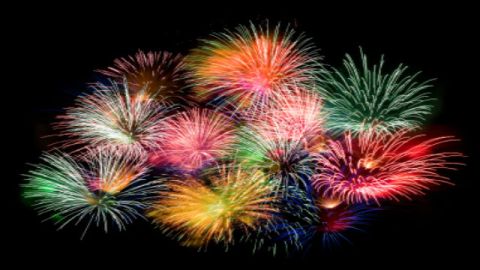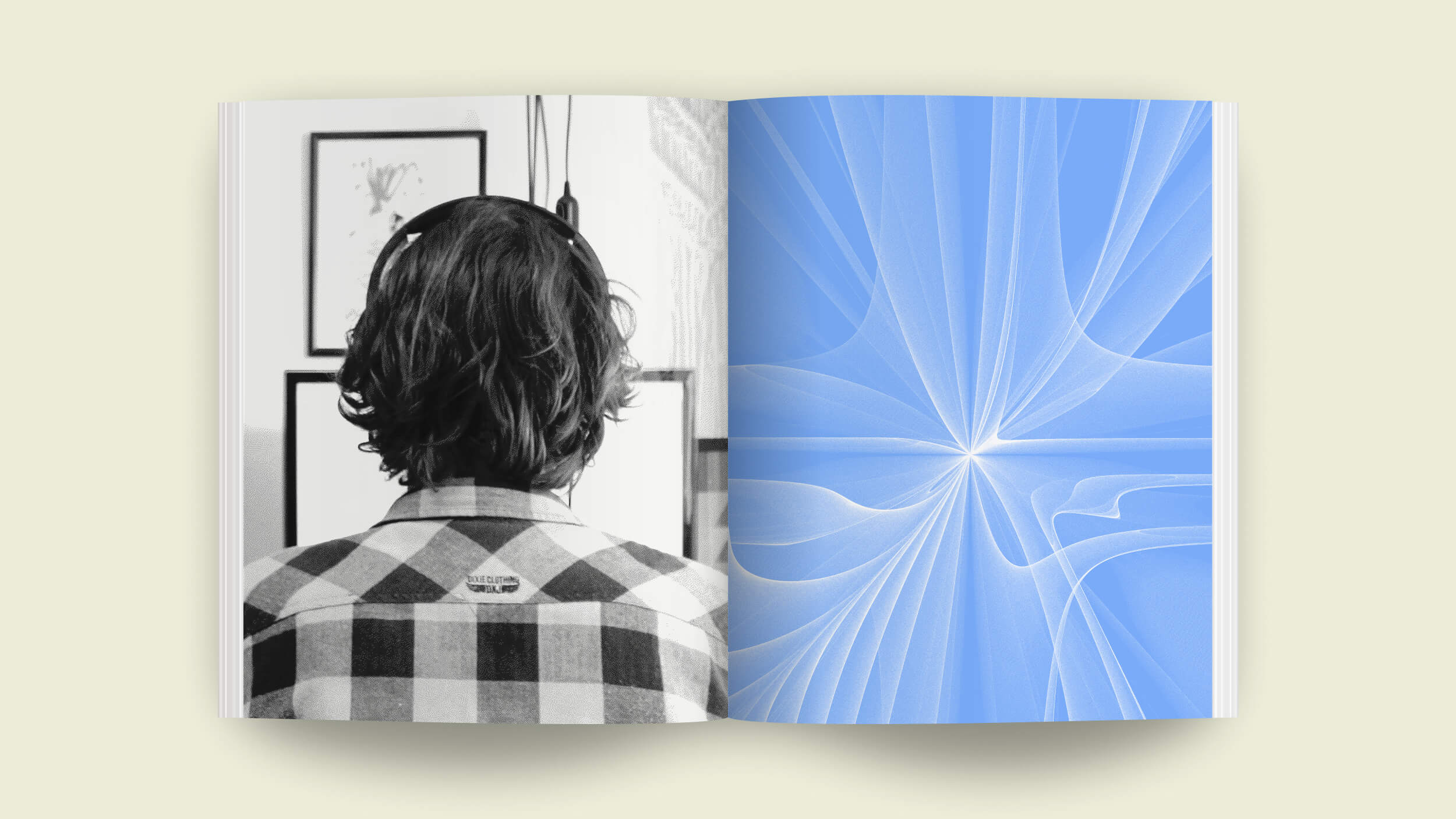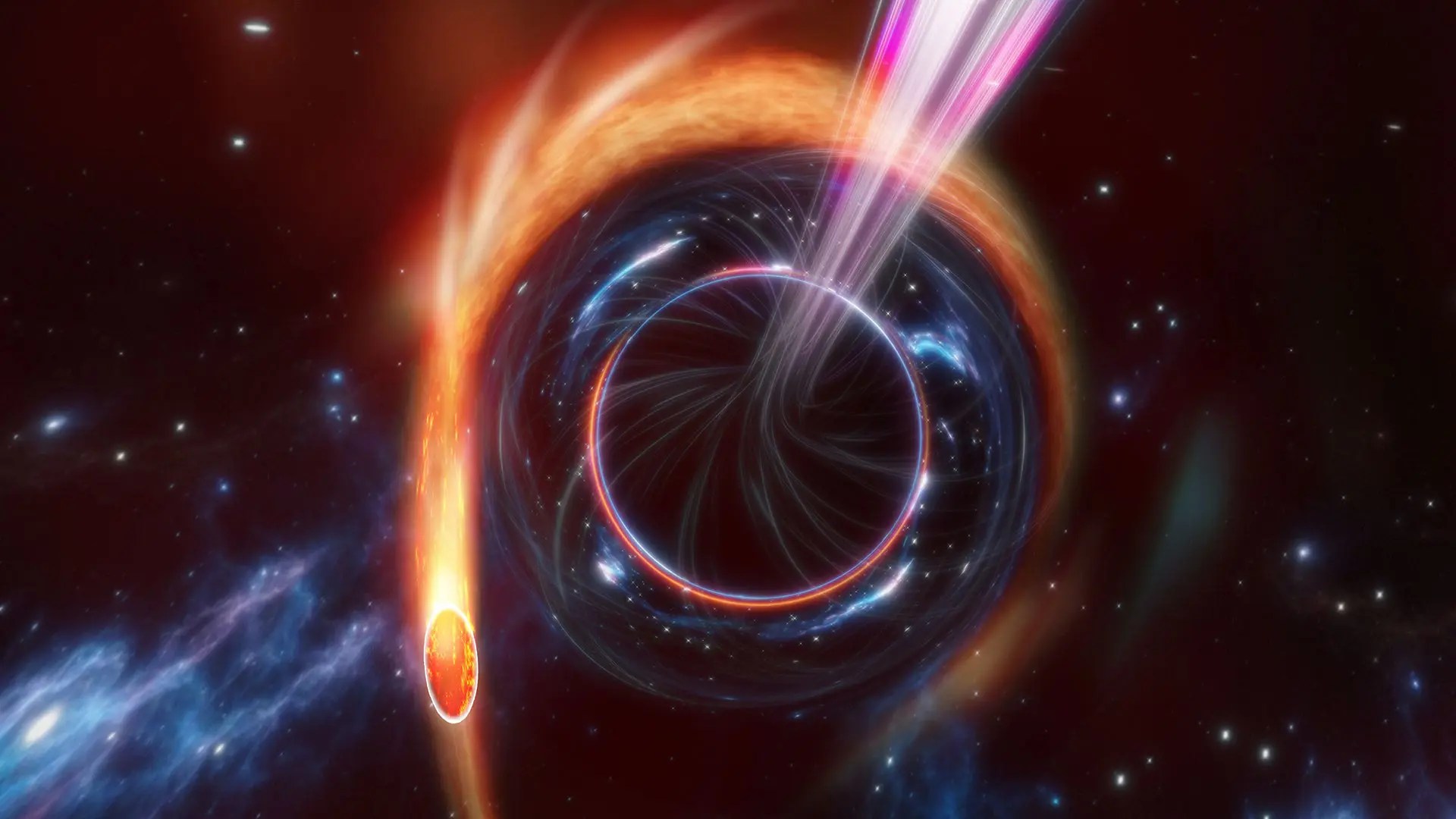How Fireworks Work.

Fireworks are really cool to watch, but to me, the best part is watching them with thousands of other people who have all come together with the same purpose…to set aside the details of daily life and escape into some simple communal Gee Whiz fun. A few hundred people, or tens of thousands, all Ooohing and Aaahing at the same thing at the same time, people of all ages and races and classes and cultures and religions and political tribes, oblivious to those differences, joined together in the boom and glow of the rocket’s red glare.
I’ve often been jealous of the people who are behind these displays, the people who design them, run them, even the people who fund them. What a fabulous gift to give a community, this wonderful communal feeling. I have neither the wherewithal to fund them nor the expertise to make them, so in the hope that it might make fireworks more fun for you, I offer the following bit of reporting on the science of what’s going on as you watch the night sky light up. How do they do that…those colors, and shapes, and the timing, and the sounds? Hopefully knowing a bit about what’s going on up there might add a bit to your Ooohs and Aaahs.,
The rockets’ red glare, and all those bombs bursting in air, are the product of pyrotechnic chemistry that’s been refined ever since the Chinese first started using black powder for noisy fireworks to scare away evil spirits. Black powder remains the basic ingredient in all fireworks, and the components in black powder are the same as they were when the Chinese came up with them somewhere between 600 and 900 A.D.; a fuel source and an oxidizer. The fuel provides heat. (In fireworks, the fuel is a mix of charcoal and sulfur.) The oxidizer is there to provide more oxygen than the ambient air can supply, to speed up the burning. (In fireworks, the oxidizer is potassium nitrate, AKA saltpeter.)
Igniting a charge of black powder at the bottom of a tube launches the shell into the air, and lights an inner fuse that will ignite a second charge of powder inside the shell when it reaches the desired height. But after that, a lot of chemistry goes into making sure things don’t heat up TOO fast. After all, pyrochemists want their work to bedazzle like a firework, not just blow up like a firecracker! The black powder in the middle of the shell is a special mix of wider fatter grains (the size of grains of sand) purposefully not mixed together very well. That makes it harder for the fuel and oxidizer to combine and burn, so as the shell bursts open and the powder heats up the colorant chemicals inside…those glowing colorant chemicals are the part you actually see…the powder takes longer to burn, so the whole visual show lasts longer. With fireworks, as is true of so many things in life, slower is better.
What about colors? Various chemicals emit light at specific wavelengths when they are heated. When you see red…that’s burning strontium. Blue is copper. Green is barium. The most common colors, yellow and orange, are sodium. Combining the colorant chemicals produces additional colors. Strontium (red) plus copper (blue) equals purple. But you aren’t seeing these chemicals as they heat up. You’re actually watching them as they cool down.
Here’s what happens. When the powder in the middle of the shell ignites, the explosion heats up the atoms in the colorant chemical. The atoms move faster. But as the heat decreases, those electrons slow down. Now, remember the First Law of Thermodynamics (Of course you do!) Nature conserves energy…energy is never lost, it’s just transferred somewhere else. So as the electrons calm down, the energy they give up is converted into radiation. Light! That’s where the light of fireworks comes from. You actually see the colors in fireworks as they’re cooling down.
So now we have a fuel, and the colors. But how do the pyrotechnicians accomplish all those effects, with names like Peony, Crossette, Brocade, Waterfall, Rings, Chrysanthemum, Wagon Wheel, and Phoenix and the Birds. (Here is a great series of videos demonstrating these effects.) The shapes of the exploding lights depend on the placement of the black powder and the colorant pellets inside the shell, the amount and proportion of the fuel and colorant, and on the chemical recipe of the colorants. If the explosive charge in the shell is in the middle, for example, surrounded by a ring of golf ball-sized pellets of sodium (yellow), when the timer fuse in the shell sets off the explosion, it ignites the sodium pellets and shoots them out into that familiar nice round yellow/orange circle. “Oooh!” Two rows of different colorant pellets around a central charge gives you a double ring. “Aaah!”
If the black powder and colorant are all mixed together in the middle of the shell, and if the chemical formula of the colorant is just right, the blast sends out a shower of rays that burns long and slow and you get that Peony pattern where the trails of sparkling light seem to rain down in long streams.
To get the really tricky shapes, like stars or hearts, the colorant pellets are pasted on a piece of paper in the desired pattern. That paper is put in the middle of the shell with explosive charges above it, and below. When those charges go off, they burn up the paper, and send out the ignited colorant pellets in the same pattern they were in on the sheet of paper, spreading wider apart as they fly.
You know those shells that go off, and then go off again? The first shell explodes and sets off a show, but also sends out secondary shells, with their own internal fuses, and a second or two later, they go off.
You know the ones that make those whistling rocket sounds? The shell that is launched is a cardboard tube, open on one end. The black powder in the tube is concocted to burn slowly, and as the fuel burns down inside the tube, the carbon dioxide it gives off rushes out the open end, making a whistling sound, like when you whistle by blowing air out between your lips.
This being a blog that usually writes about risk, don’t forget that the fireworks consumers use are made of the same chemicals the commercial shows use. They are hot (golden sparklers burn at 2,400 degrees F!, and the ones that sparkle white burn even hotter), explosive, unpredictable, and dangerous. The Consumer Product Safety Commission estimates that 8,800 people were injured using fireworks in 2009, sending roughly 5,000 to the hospital for treatment of burns, injured eyes and fingers. Three quarters of the victims were male, 40 percent of them were 15 and under. Two were killed, one of whom held the launch tube for a big shell over his head, lit the fuse, and the launch went through the bottom of the tube, not the top. A candidate for a Darwin Award.
Outdoor shows have their own risks, of course. My second favorite is this one, where a shell explodes on the launching barge. (Note the Oohs and Aahs at the end of the video!) My absolute favorite was the little local outdoor show my family and I went to some years back. As we sat on the lawn with thousands of our neighbors, bits of still-glowing firework shells reached the ground and started a forest fire. The fireworks display went on, but most of us watched firefighters struggle for half an hour to put out the fire in the trees.
Risk aside, fireworks are pretty cool…the chemistry, the physics, the aesthetics, the thousands of people all setting aside their other hassles and differences and having a communal shared good time. If you check out a show this year, have fun, and maybe enjoy things a little more for knowing just what’s going on up there.





